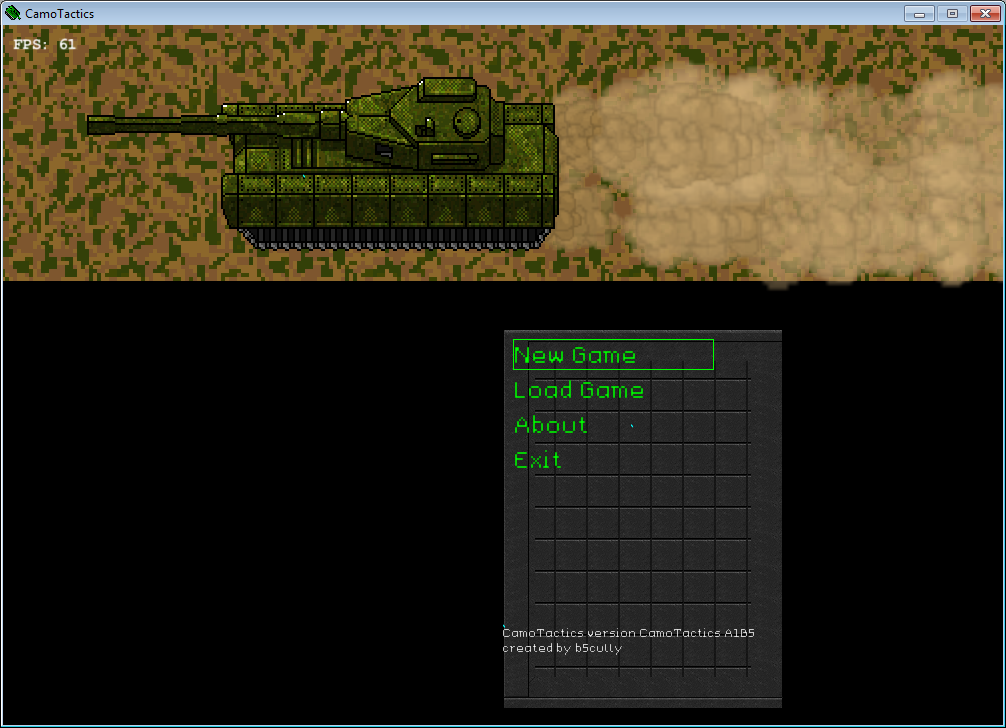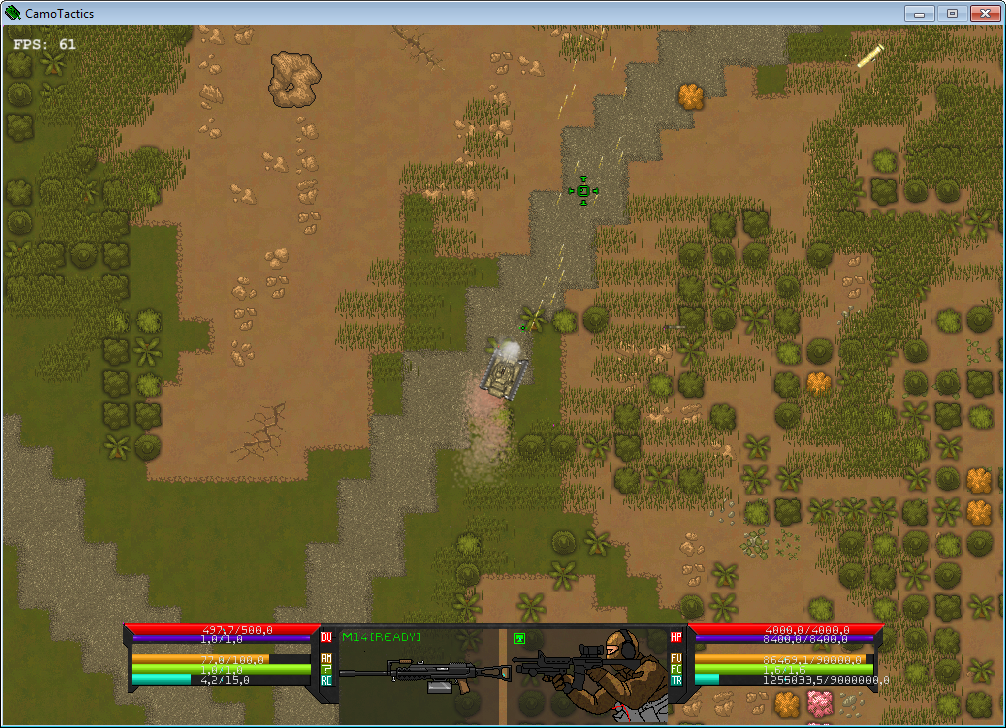From stories and own experience I know and have heard much about
companies and their sometimes questionable way they treat their
employes; and simultaneously, complaining about decreasing productivity
and/or revenues. In this article, I want to describe possible threats and offer solutions. Be aware this only covers one aspect of leading a company successfully, and it may not be the best/most practicable advice - I am no CEO after all - however, I think I am still able to deliver some insight and thoughts for you, no matter your background.
I want to examine the leadership-employee relationship more closely. Leadership, communication, feedback and team work: All of them are connected with the other. So what can you do to create a good company in this regard?
Leadership. For one, what your employees think of you is very important. Companies must be lead by example. Employees will adapt to negative and positive behavior alike - the former is something you want to avoid, the latter something you want to promote. If you as a CEO do not seem to be doing your job, this likely is the behavior the employees are going to immitate. If you want people to see and value work, you must communicate with them and for example, arrange meetings for work status reports; Or make them write a short list of what they have done today at work. This is also handy if you want to see what your employees are doing in the first place.
Be aware that every routine and meeting you make your employees do, you should also do yourself. In return, they are more likely to do actual work instead of just sitting around doing nothing, which sadly happens quite often in larger companies. This also has the effect that you can easier recognize whether a routine or meeting you made them do/attend is reasonable. If it's a waste of time, why doing it? If you participated in the meetings you have ordered and came to that conclusion, then it's best to get rid of them - the faster the better.
Optimism and problem solving is another important aspect of good leadership. If you are hopelessly optimistic about your horrible revenues or sales then you'll have a credibility problem. If you are hoplessly optimistic about your horrible revenues or sales AND have multiple business plans and strategies to get out of that situation, then employees may find you're the right person to lead that company.
Offer your employees the chance to give feedback on your production or employment methods. This is important so you can react on potential problems appropriately and avoid them. You MUST in any case take this feedback seriously. If an employee points out a serious problem and nothing is done to solve it, the message you're sending by ignoring it ("I do not care what you think") will spread fairly quickly through all departments of your company, thus making communication between leadership and employees extremely difficult. What's also important is that 1) solutions for one problem must be as effective as possible and 2) if your own behavior is the problem, stand up for it, change it and do NOT not shove that responsibility to your employees; If this is not granted, your employees will start questioning your competence, and this is something you want to avoid under any circumstance.
It takes a lot of character to recieve criticism and change, but keep in mind making mistakes is natural and necessary. You as leader AND your employees can make mistakes if attempts are made to change the situation (and ideally, succeed doing so). Make your employees aware of this. There is no point in pretending as it hinders employee satisfaction and potentially company growth, so be truthful and honest and ask for the same in return from your employees. Make your employees aware of this, too. Always remember: being part of a company means you are part of a big team that works together in order to do a living. If a company is successful, it's not only you who contributed to the success: its the entire work of you AND your employee - and possibly of any employee and leader who has worked here before.
Feedback. How should feedback be recieved? Ideally, feedback should be delivered in written form through a person of trust, or directed to the CEO him/herself directly. Sadly, if the "right" people come together, unanonymous (constructive) criticism may lead to internal fights you want to avoid. This is why most companies offer feedback options through anonymous forms or letters.
The letters should be designed in such way your employees can get over the "barrier" of submitting one. You can lower this barrier by daily reminding employees to give feedback, or make it a daily routine to write a round of feedback letters after a meeting (and also participate in it). You can also place the forms/letters to a location where it's visible and many people pass by (i.e. next to a coffee machine) and also have the possibility to sit down and write. To add up importance to these forms or letters on a more subconscious level, you should "decorate" the location a bit and spice it up; ideally in a way it's only noticable when you're aware of it (no Santa Claus statues for you! Maybe a little plush or mascot would be nice however). Do NOT ever place these forms in a lifeless corner of a room where noone notices. The Uni I'm studying at has their feedback submission box attached to a wall you normally don't look at often, and is surprised why no one ever bothers giving feedback. As a consequence, they hardly know about the mess that's going on in their own faculty.
Another option to give feedback is to offer surveys using ethernet/internet, which probably has the lowest barrier for office jobs. You're welcome to find your own ideas here, but always consider it from a employee's perspective.
Communication. Always keep in touch with your employees. Go around the work place from time to time, not necessarily to monitor their work, but to detect problems or maybe also opinions about you, your company, or anything company related. Be keen to keep a good relationship with your employees. Get involved, get to know them personally. Make sure the employees will get to know eachother and establish good relationships with one another. For this purpose, you can organize company events once in a while, i.e. attending a soccer match, going to a restaurant and so on, IF it fits in your budget. Or you can organize such events in from of a reward if the company mades more revenue.
As leader, do NOT ever be passive aggressive towards your employees even if you have a good reason - you'll make the impression to favor/disfavor certain people. Favorism only leads to internal fights and arguments, as people will attempt to please the boss as much as they can (and some will also go over dead bodies for it) instead of doing actual work to get promoted. The footprint these kind of people leave behind is not one of competence and leadership, but strive for power and possibly abuse. That's the kind of people you don't want in leading positions, because once they got there, they'll try to bring hell to their "opponents"; this only leads to discrimination and internal division.
Instead, try to be as objective as possible. Take people for the fact they are a human being just as you are, a being that deserves any kind of respect and dignity. This also means that if you are better AT something than them, that still does not mean you ARE better, or have a higher value. You are still human, regardless of your role or skill. Everyone should have the possibility to get promoted or get a leader position, if their social skills and craft seem fit for the job.
In my opinion, this is one of basic requirements to lead a company - if you cannot do this, you should think twice of becoming a CEO of any kind; Not because you wouldn't be able to lead a company, but because you will stumble upon a lot of talent hidden behind skin color, burqas, turbans and possibly vaginas; Talent you would otherwise miss if you are slave to your own prejudices. For every missed talent, you miss a chance to improve your company's endeavours. For every discriminated individual, your employees will lose trust in you, and possibly add up bad karma that will be retaliated one day or the other. Build up positivity, not negativity!
Even in a capitalist system, the value of each human cannot be expressed by money. Maybe work force has a monetary value in a market, but life is invaluable. And so is talent and skill. Hence, treat your human resources right, and it WILL contribute to the success of your company as a whole - EVEN if they're not the most competent ones!
 AI Improvements & Other Additions
AI Improvements & Other Additions Current Progress
Current Progress 














